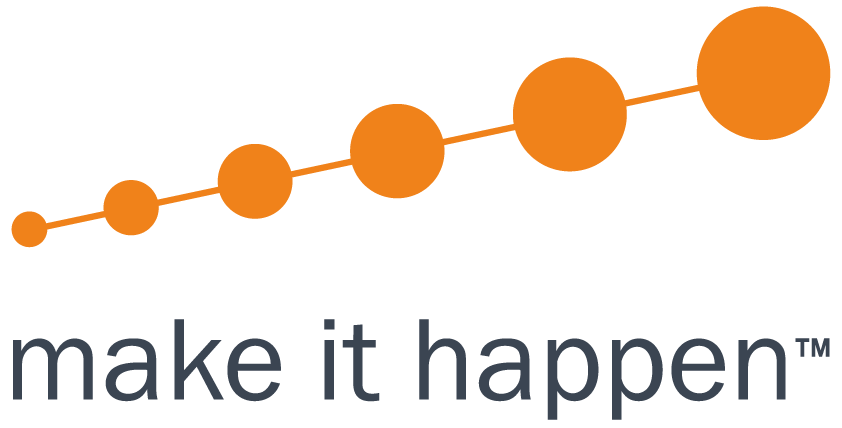As artificial intelligence becomes smarter, more content creators are relying on the increasingly sophisticated technology to produce art and media; such as scripts, blogs, illustrations, logos, videos and more.
With the advent of such expansive tools, such as ChatGPT, the question of ownership has taken centre stage.
What are the copyright laws surrounding AI-produced content? Where is the line drawn between human and machine creation? What does this all mean for the future of art and creativity?
These questions are not simple to answer, because the issue, at its heart, is philosophical. It deals with profound questions relating to humans and technology.
As novel as this subject may seem, the truth is that it has popped up in the past; namely 150 years ago when cameras were invented.
The US Supreme Court was tasked with deciding whether or not a photograph could be protected as one’s own creation, since the camera (a machine) was what captured the image.
Ultimately, the Supreme Court decided it was in fact the photographer that controlled what was in the frame, how to position the camera, light exposure and so on. These factors were sufficient enough for the photographer to claim authorship of their photos, thereby giving them rights to copyright their work.
But is AI content “human enough” to be held up to the same standard? Let’s explore some of the current laws concerning AI-ownership, and how creators can use this tech without compromising copyright and intellectual property (IP) laws.
What Are The Current Laws Surrounding AI-Copyright?
The long and short of it is that current AI-copyright laws are murky and in constant development.
In 2023, the U.S. Copyright Office ruled that AI-generated content cannot be copyrighted, thereby enabling others to freely reuse it.
They claim that “the creator” doesn’t have enough creative control over the content AI produces, and that they cannot predict what a generative AI-tool will create, thereby prohibiting them from claiming the content as their own.
The focus on predictability perplexed many, including legal experts, as many artists begin their creation process without predicting what the end-result will be. Think Jackson Pollock and his use of paint splatter, an often chaotic artistic process.
In Australia, there is currently no AI-specific legislation. Although Australia was one of the first countries to adopt AI-specific ethics principles, no actual binding legal framework exists…yet.
Potential Changes in AI-Copyright Laws
Given the rapid pace of AI development and its increasing role in content creation, there is a growing recognition that copyright laws may need to evolve.
The U.S. Copyright Office is clear that it will not register a work that was created by an autonomous AI-tool for copyright protection, because of an “absence of human creative input.”
Still, there are many cases that are presently being litigated, and many legal experts argue that AI can simply be used as a tool, and that as long as humans direct AI in a specific, detailed way, the actual process of creation is still “human enough” to qualify for IP and copyright protection.
They propose granting AI the status of a legal entity or creating a separate category of "AI-authored" works to address ownership concerns adequately.
Others argue that AI-generated work stifles human creativity and ingenuity, and advocate for more regulation and accountability for AI-systems, rather than creating a whole new AI-content category to consider.
Using AI Without Compromising Copyright Laws
Since the legalities of AI-generated work are murky and continuously evolving, it is nearly impossible to give clear guidelines as to how to avoid copyright laws when using AI. There are ways, however, to mitigate risks of copyright infringement when using AI.
The most logical steps to take involve using AI-powered tools like ChatGPT as a tool, to help guide or inspire you in your process of creation, not to totally rely on it to produce your end-piece.
AI can be effectively employed for research purposes, data analysis and generating structure to assist artists and creatives, not to replace them.
Furthermore, to thoroughly avoid the risk of infringement, you should dig into whether or not AI-systems are using publicly accessible information and datasets to train their models.
Finally, make sure the algorithms AI models use are not biased, so as to avoid skewed or overly opinionated information.
Overall, human direction and oversight is always needed in authentic content creation.
Final Thoughts
As AI becomes increasingly prevalent in content creation, understanding the complexities surrounding copyright ownership is vital.
While the current laws may exclude AI-generated content from copyright protection, legislative changes and evolving perspectives may redefine the boundaries of copyright in the future.
Using AI does not have to equate to “the death of creativity” or the end of all original content.
As creatives, we can find ways to use AI-powered tools to assist us in our creation processes, while still considering existing copyright and IP laws, and doing our utmost to respect them.
Finally, it is worth monitoring the evolving legal status that AI-content falls into, and how AI-powered tools are used in the marketing world, so that as creatives, we can cultivate awareness on the topic and use technology ethically, and to our advantage.

